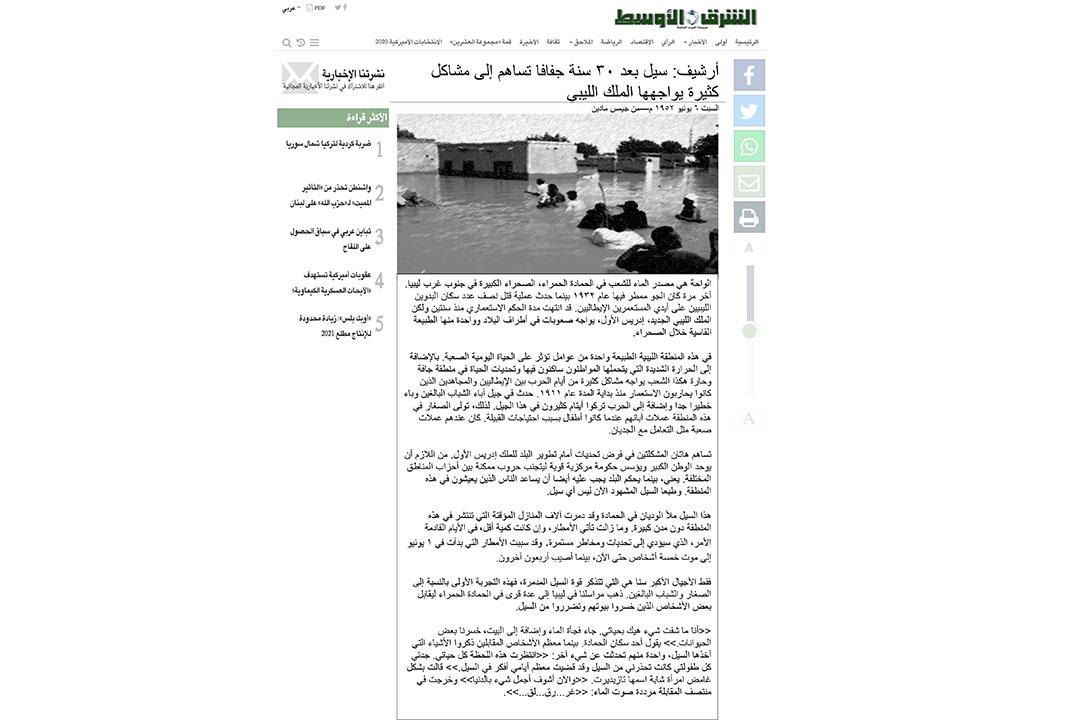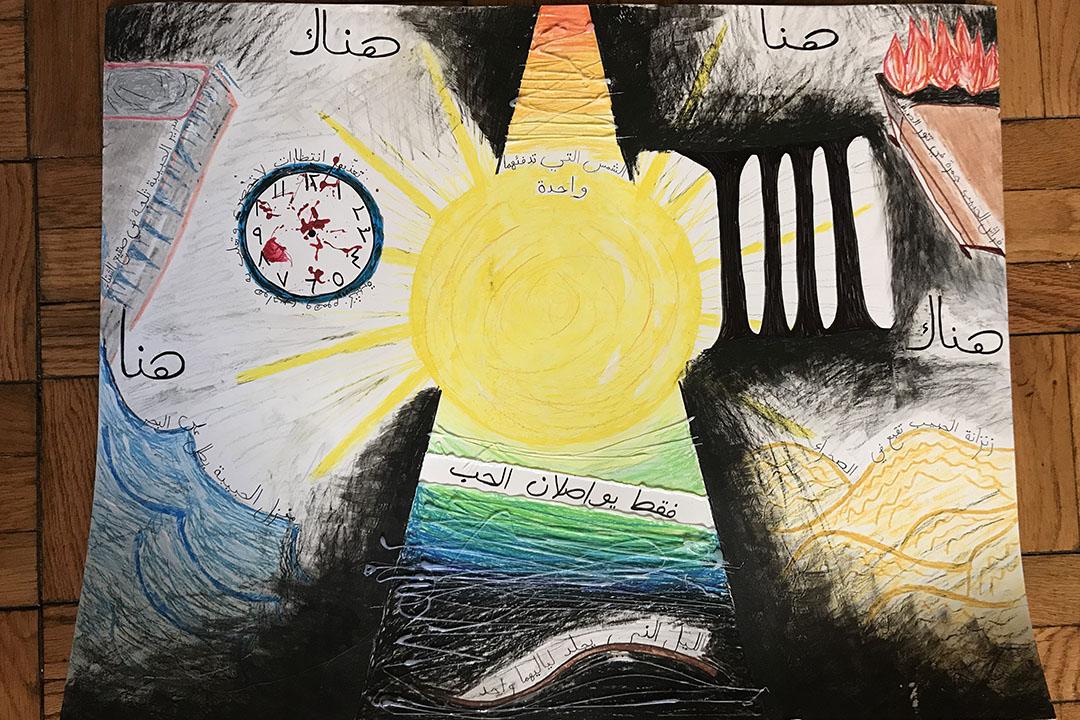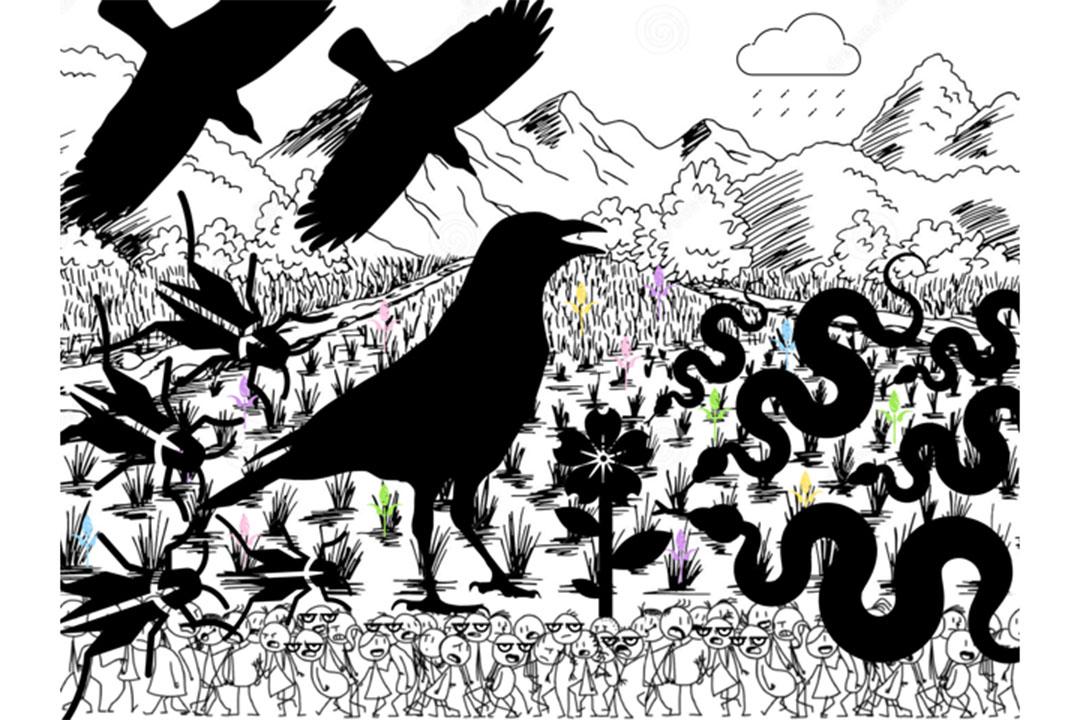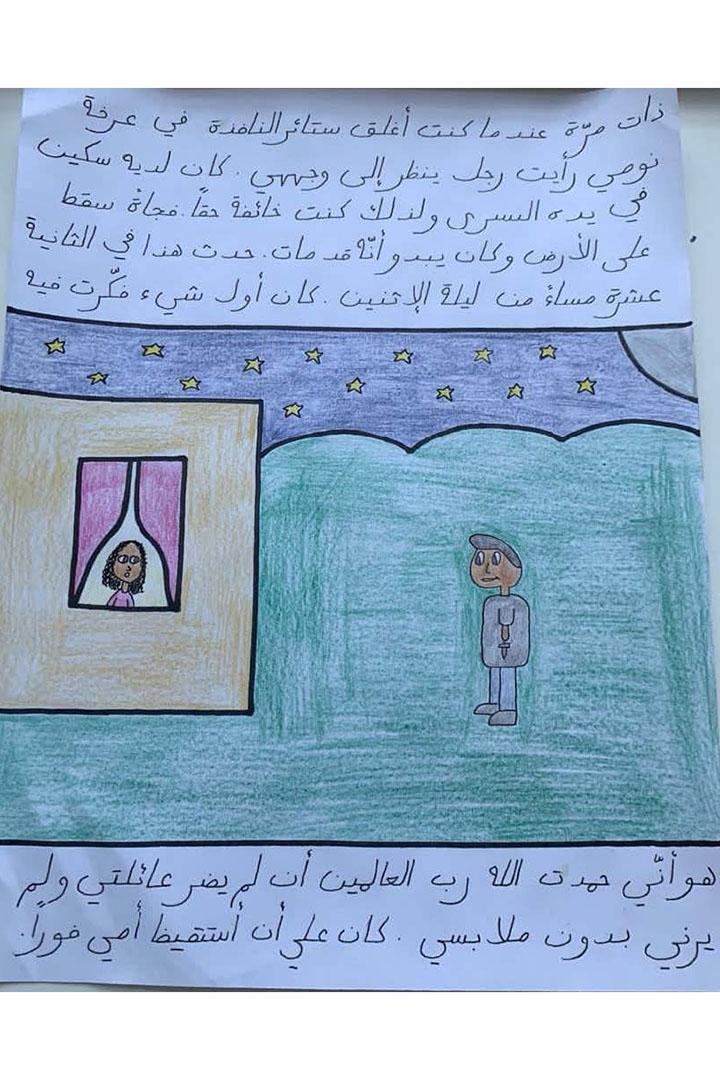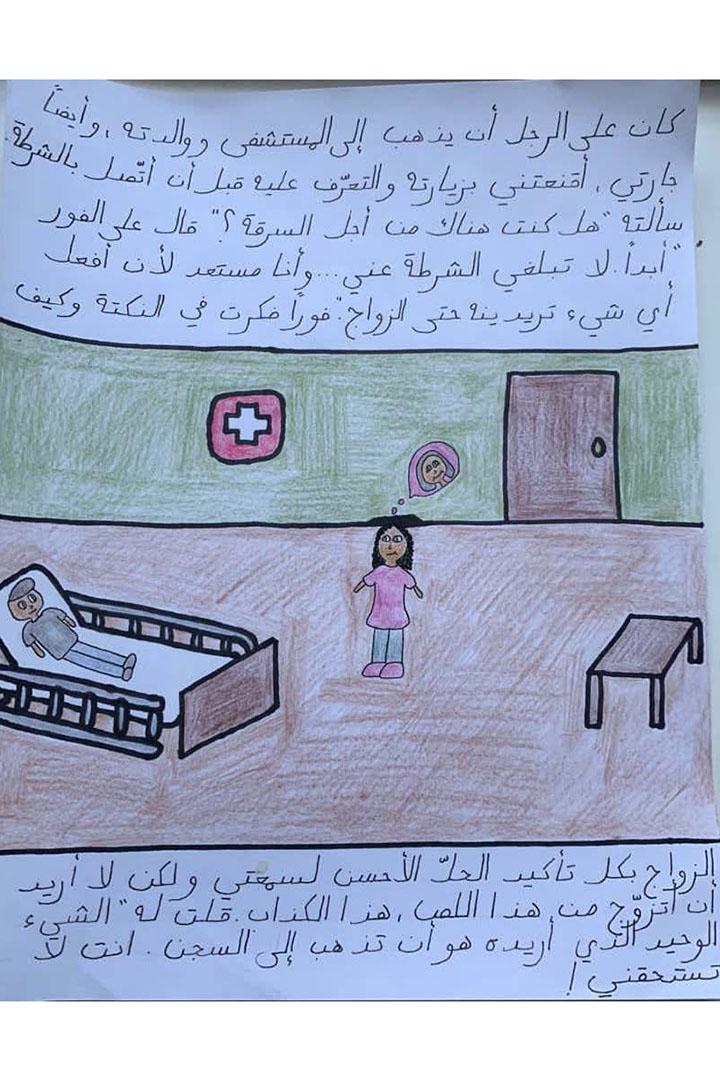Arabic Student Work
Students in CNELC's Arabic program frequently produce original pieces as part of their coursework, including collages, paintings, graphic novels, poetry and multimedia productions. Browse some examples of past work.
Visual Art
Story Illustration
Sarah Tranquilli illustrates and contrasts the main characters, Tuta and Lilith, from two feminist pieces
Multimedia
This illustrated visualization of Mahmoud Darwish's poem is accompanied with line-by-line translation in both Arabic and English. Download the full presentation (PDF).


